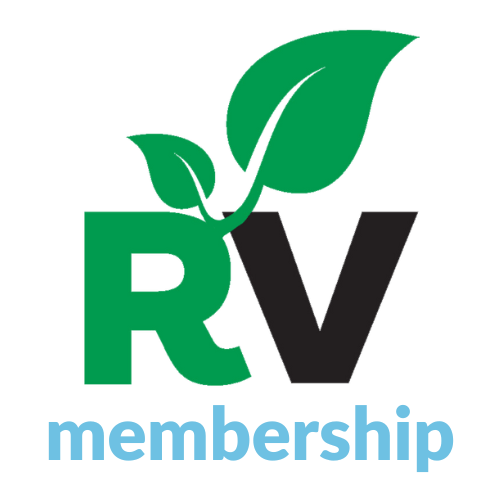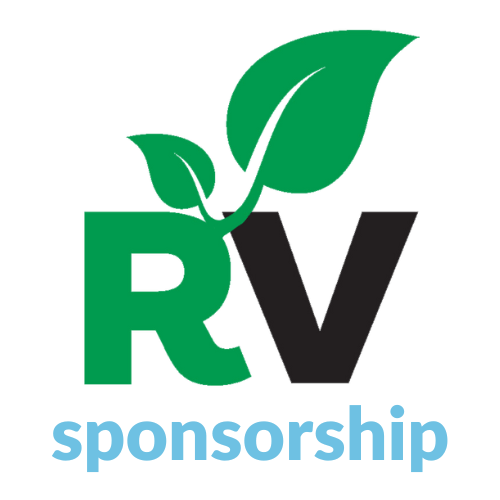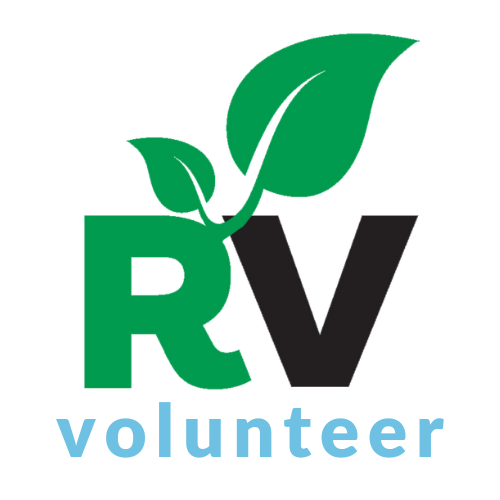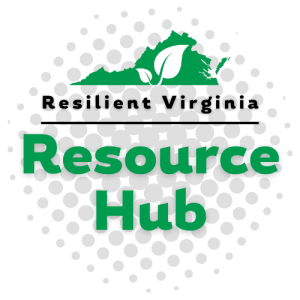 The UNISDR-PwC collaboration seeks to facilitate disaster risk management (DRM) communication between public and private sectors using a DRM platform. The UNISDR-PwC resource provides a detailed approach for creating a DRM Framework (DRM-F), with two phases and multiple steps in each.
The UNISDR-PwC collaboration seeks to facilitate disaster risk management (DRM) communication between public and private sectors using a DRM platform. The UNISDR-PwC resource provides a detailed approach for creating a DRM Framework (DRM-F), with two phases and multiple steps in each.
There are concrete actions and practical guidelines from the private sector that UNISDR and PwC make useful for the public sector. Companies contributed to the development of the DRM-F by giving insight to how they prepare for, and respond to, disaster risks on an ongoing basis. The DRM-F evaluates companies’ preparedness by assessing their strategy, structure, process, people, and technology.
UNISDR-PwC conducted workshops with companies from various industries to look for gaps in their risk preparedness and management and develop the foundation for the framework. This report analyzes the findings from working with the private sector companies, and shows a framework based on them.
The DRM-F uses the standard risk management process (identification, assessment, response and mitigation, monitoring and reporting) and structures it in three sections: Understand, Respond, and Enabling Environment.
This resource explains how companies can understand their exposure by identifying potential threats to them and knowing their potential impact. UNISDR-PwC notes the different ways companies can respond to risks and the best ways they can leverage themselves in their response. Provided in the document are examples of collaborative responses where companies worked with their local authorities and government to improve their crisis management.
The document outlines how the public and private sectors can organize their multiple sources of information and identify risks and assess their exposure.
Click here for more information.




